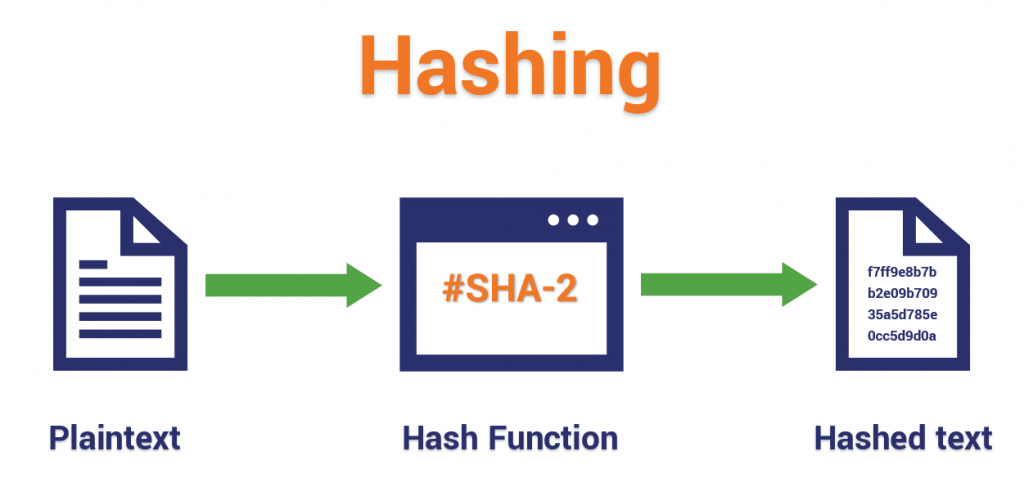Skip to content
Cisco Certification | Huawei Certification | IT Technology | Network Engineer
👇3000-person technical exchange QQ group, note [public account] for faster access
In the vast ocean of the Internet, we perform countless data transmissions every day. Whether browsing web pages, downloading files, online shopping, or social interactions, these seemingly simple operations rely on two important protocols—HTTP and HTTPS. What roles do they play? What are the differences? Today, let’s unveil their mysterious veil and delve into the working principles of these two protocols and their significance in network security.
HTTP: The Foundation of Network Communication
HTTP (HyperText Transfer Protocol) is one of the most widely used protocols on the Internet. It defines the communication rules between the client (usually a web browser) and the server. When we enter a URL in the browser and press Enter, the browser sends a request to the server via HTTP and then receives and displays the web page content returned by the server.
The working mode of HTTP is very intuitive: request-response. The client sends a request, and the server returns a response. The request consists of a request line, request headers, an empty line, and a request body, while the response consists of a response line, response headers, an empty line, and a response body. This simple design allows HTTP to efficiently handle a large number of network requests, supporting the vast Internet world.
However, HTTP is not without flaws. It was not designed with security in mind; all communications are in plaintext, meaning anyone who intercepts the data packets can easily read or alter the information. This is akin to sending a letter in a transparent envelope where anyone can see the contents and even modify them. Such security vulnerabilities prompted the search for a more secure communication method, leading to the emergence of HTTPS.
HTTPS: The Secure Upgrade
HTTPS (HyperText Transfer Protocol Secure) is an extension of HTTP that introduces SSL (Secure Sockets Layer) or TLS (Transport Layer Security) encryption technology, providing threefold protection for network communication: encryption, data integrity, and authentication.
Encryption: By using strong encryption algorithms, HTTPS ensures that data remains encrypted during transmission. Even if intercepted, attackers cannot directly read its content. This is like placing a letter in a sturdy safe where only the person with the correct key can open it.
Data Integrity: Hash functions and digital signature technologies ensure the integrity of data during transmission. Any tampering with the data will be detected, ensuring that the information received is complete and unaltered.
Authentication: The use of digital certificates and Public Key Infrastructure (PKI) enables the client to verify the identity of the server, preventing man-in-the-middle attacks and ensuring that both parties in the communication are authentic and reliable.
When accessing a website using HTTPS, a secure connection is established between the browser and the server. The server provides its digital certificate, which contains the public key and the signature of the certificate authority. After the client verifies the certificate, it uses the server’s public key to encrypt a symmetric key and sends it back to the server. Thereafter, both parties use this symmetric key for encryption and decryption operations, achieving secure communication.
 In summary, both HTTP and HTTPS are indispensable protocols in network communication. HTTP, with its simplicity and efficiency, has become the foundation of the Internet; while HTTPS, built on HTTP, adds encryption and security authentication, providing a solid security guarantee for network communication. As awareness of network security increases, more and more websites are beginning to adopt HTTPS to protect user data from infringement. In the future, HTTPS is likely to become the new standard for network communication, bringing more security to our digital lives.
Course consultation add: HCIE666CCIE
↑ Or scan the QR code above ↑
What technical points and content do you want to see?
You can leave a message below to let us know!
In summary, both HTTP and HTTPS are indispensable protocols in network communication. HTTP, with its simplicity and efficiency, has become the foundation of the Internet; while HTTPS, built on HTTP, adds encryption and security authentication, providing a solid security guarantee for network communication. As awareness of network security increases, more and more websites are beginning to adopt HTTPS to protect user data from infringement. In the future, HTTPS is likely to become the new standard for network communication, bringing more security to our digital lives.
Course consultation add: HCIE666CCIE
↑ Or scan the QR code above ↑
What technical points and content do you want to see?
You can leave a message below to let us know!























